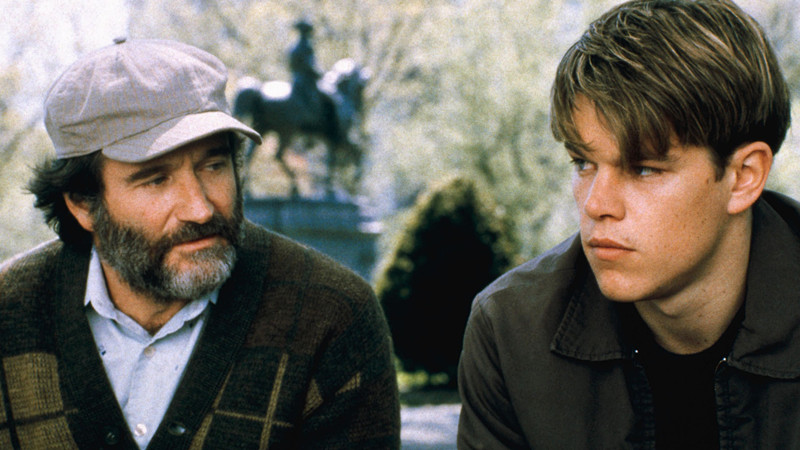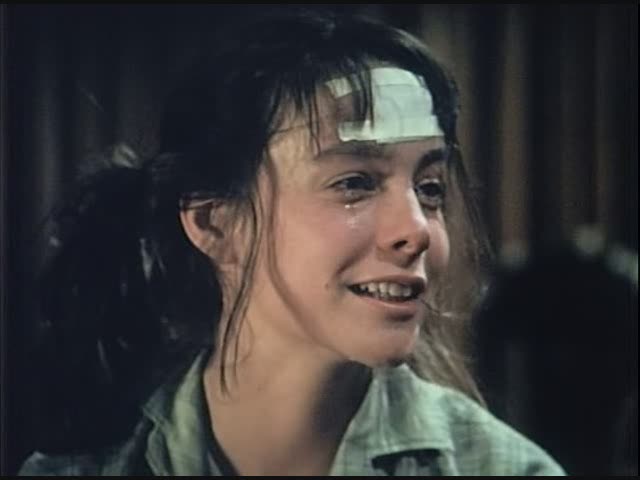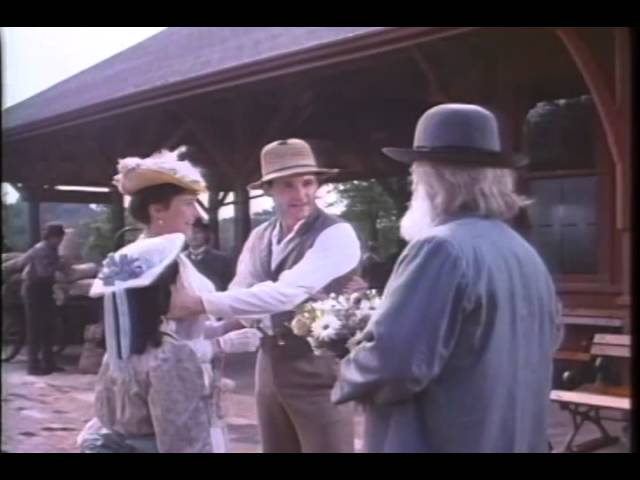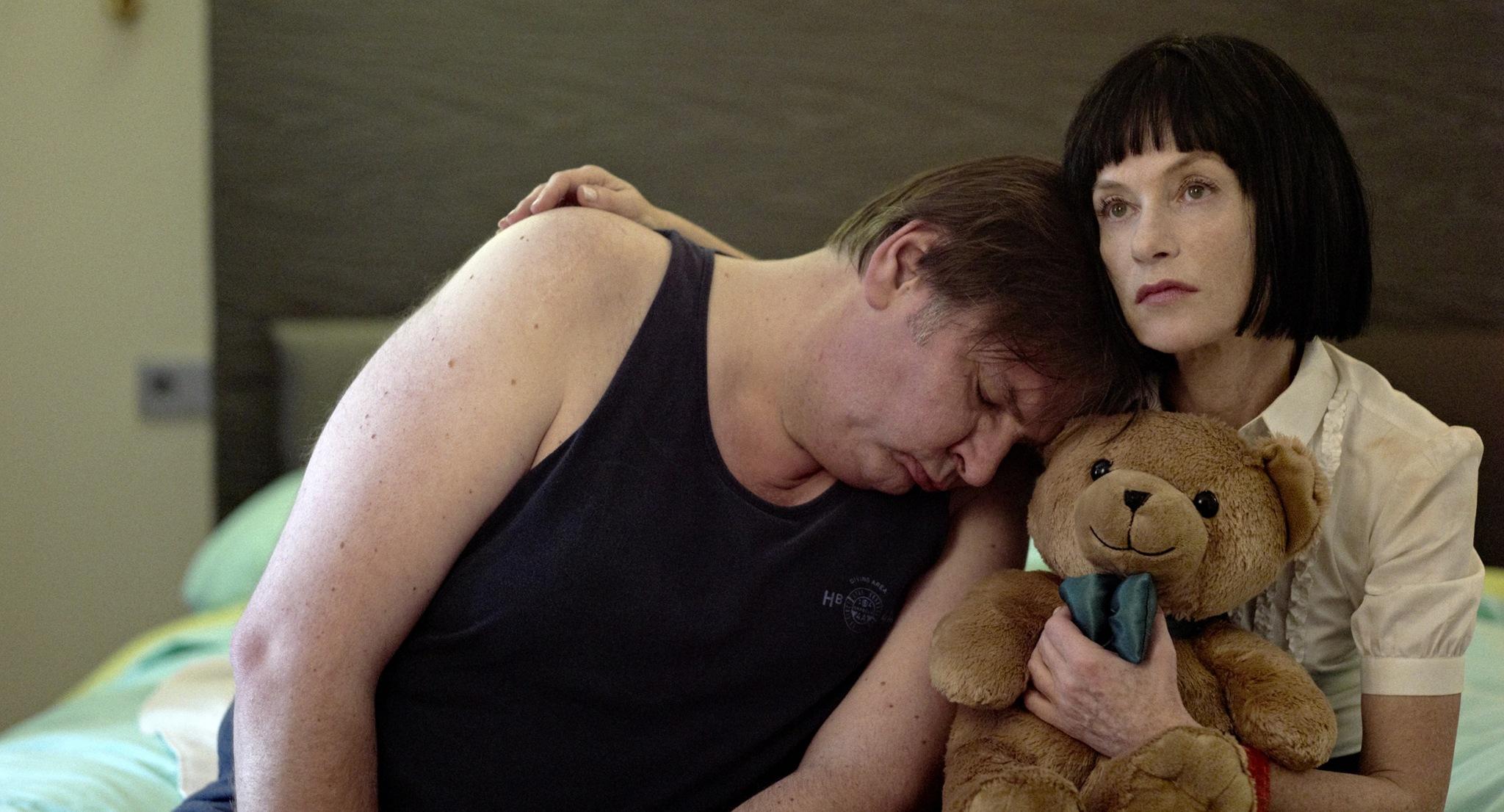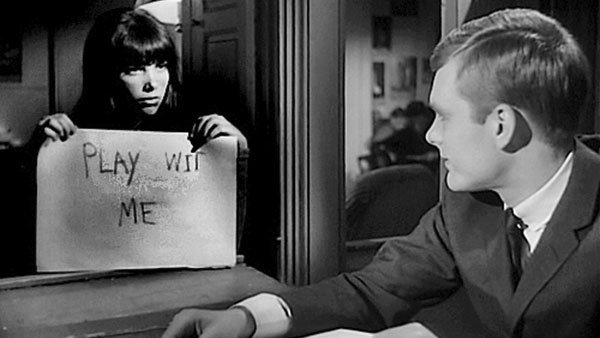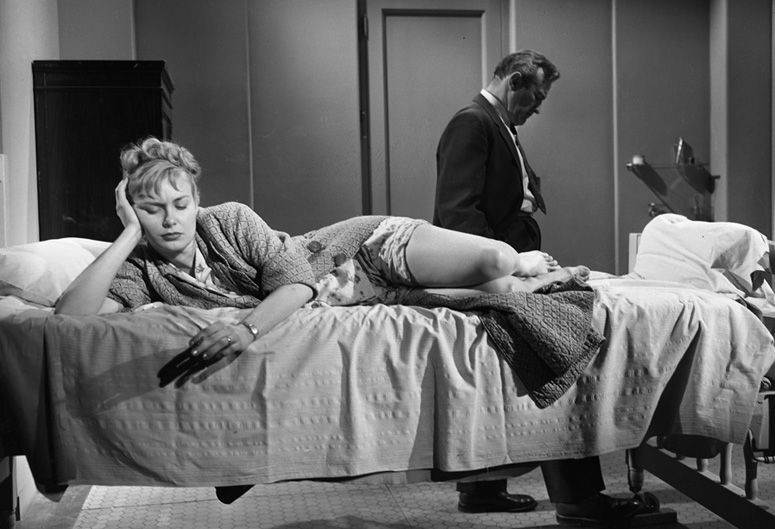What is the role of psychology in contemporary society? How is the psychologist perceived by the modern mindset? Is the therapy process recognized as a potential tool for internal reinterpretation? These questions help to explore the nature of psychology and to establish how it can be depicted in modern culture.
The “cultural products” of the films created to explore the realm of psychology seem intent on displaying emotional and touching stories rather than accurate ones. However, that does not diminish the emotional power created by those films. They show the spectator experiences concerning personal transformation and, by showing that, allow for the viewer the possibility of experience.
The following films not only provide experiences and catharsis but also acknowledge the science of psychotherapy. It is possible to watch a therapist-patient relationship and its potential changes. In addition, these films enable different perspectives about transformation and personal growth.
1. I Never Promised You a Rose Garden (1977)
Based on the book of the same title by Joanne Greenberg, “I Never Promised You a Rose Garden” tells the story of a sixteen year old girl, Deborah (Kathleen Quinlan), who is institutionalized after a suicide attempt. There is no certified diagnosis, but throughout the film, Deborah experiences hallucinations and delusions concerning a seemingly primitive culture, and exhibits what appears to be the symptoms of schizophrenic disorder.
The mental institution where Deborah spends three years is full of women with different mental and emotional disorders, all living inside their own disturbed minds. This situation renders circumstances especially difficult for the young girl to deal not only with her fantasies and self-punishing world but also with her companions’ expression of rage and uneasiness concerning each other and their nurses.
There is what may be conceived as a caricatured depiction of how a female oriented mental institution works in relation to the lives of the patients. However, the therapy sessions between Deborah and Dr. Fried (Bibi Andersson) reveal the sensible efforts a psychiatrist can make to help patients get in touch with their own subjectivity and singularity in order to help them achieve what in both human and medical sciences is called homeostasis.
In Deborah’s case, there are expressions of schizophrenia causing the hallucinations and the delusions which made her commit acts of self mutilation due to a poisonous self view.
Although the modern method of dealing with such symptoms is medical treatment, the film posits an alternative method on dealing with such severe mental illness. Psychotherapy provides a great opportunity to develop a state of neuroplasticity (the brain’s capacity to form new neural connections and syndesis), which can provide the solution to many psychological maladies, including Deborah’s schizophrenia.
The film is not an artistic masterpiece. It does not have extraordinary photography or memorable acting. It does provide an accurate depiction of what an authentic psychotherapy session is like in regards to how it function and the roles of the patient-doctor relationship.
2. Fragments of Antonin (2006)
This French film concerning the post-World War I era presents another aspect of the process of analysing traumas and mental disturbances. The story follows the unconventional methods of Dr. Labrousse (Aurélien Recoing) in treating newly arrived wounded soldiers. Some of them display symptoms similar to the hysteria afflicted patients of the anlysist Sigmund Freud, displaying uncontrollable spasms, shakings and catatonic states.
The doctor decides to concentrate on Antonin Verset (Grégori Derangère), a traumatized pigeon carrier who exhibits the same symptoms as the other soldiers. Labrousse conducts his analysis with the aid of experiments which affect the sensory system (visual and auditory stimuli) as a means of unlocking the memories trapped in the unconscious mind of Antonin.
The film depicts a form of therapy similar to Freud’s studies at his time concerning the theory of anxiety (or anguish), in which feeling becomes a reaction to a situation of danger or loss.
Trauma is caused by failure to discharge accumulated tension, according to this theory, keeping the atrocious memories in a loophole, from which the person cannot escape unless helped by a discharging experience. That is exactly what Dr. Labrousse is attempting to do using stimulation.
Although this therapy is controversial to this day, it follows a school of psychoanalytical thought set forth by its author, Sigmund Freud.
3. The Son’s Room (2001)
Set in modern Italy, the film follows the life of a middle-class Italian analyst and his relationship with his wife and two children. As the story starts, Giovanni (Nanni Moretti, who is also directed) presents himself as a not very successful psychotherapist, an idea expressed through his interactions with his boring patients and their trivial human problems. His loving and caring family provides stability in counterpoint to his tedious career.
Giovanni appears most fully alive during his solitary morning runs or interactions with his happy family. Nevertheless, his problems intensify when Andrea (Giuseppe Sanfelice), the younger son, is accused by the principal of stealing a rare fossil from the school, which creates a chasm between father and son.
Andrea dies in a diving accident and the strong foundation in the family happens to rock. The trauma of losing a son interferes with his therapy sessions until he decides to put an end to them.
The psychology depicted in The Son’s Room reveals another side of the interaction involving psychologist and patient, the side showing human beings struggling with issues and conflicts. Giovanni has to go through a lot of pain to realize what would be best for his patients and himself. An analyst can not help someone overcome their dilemmas until he first help himself go through his grief.
The process of therapy usually depicted in films presents an analyst who can give the answer to the patients questions, almost as if he knew how to cure all the problems. What most people do not know is that therapy is a long and difficult process for someone to make in developing his conscience and actions towards the world and its inhabitants.
That is what makes this film so splendid. People, even psychologists who are professional of the mind and behavior, have to embrace this process to be able to grow as human beings.
4. Beautiful Dreamers (1990)
Although it may be based on the true relationship between Dr. Bucke ( Colm Feore) and Walt Whitman (Rip Torn), the film poorly recreates a mental asylum and its patients. Dr. Bucke is the new superintendent of London Asylum in Canada and quickly starts to express his discontent with the way patients are treated. They are seen not as human beings trying to be rehabilitated, but as irrational animals who cannot be controlled, let alone understood.
This is a stereotypical portrayal of mental illness and human behavior and it presents a Manichaeism based society, divided between those who agree that mental illness transforms people into preposterous beings, a fate from which there is no escape, and those who support humanistic ideas about the mentally ill and the possibility to rehabilitate them to a normal and balanced state, as Dr. Bucke and Whitman believe.
The beauty of the story, though, lies in the way Whitman transforms the life of Dr. Bucke and the patients at the asylum, bringing hope and happiness into their suffering lives. He, along with the physician, exposed the fact that punishing methods and corrective surgeries could not possibly help those in need and proposed stimulating and energetic activities to develop the patients’ physical and psychological health, which increased their self-esteem.
5. Special Treatment (2010)
This French comedy establishes a parallel between the oldest profession and one of the most underestimated modern occupations: prostitution and psychology.
Isabelle Huppert plays Alice Bergerac, a middle-aged prostitute whose specialty is role playing alongside Bouli Lanners, who plays Xavier Demestre, an analyst with relationship problems at home. Their lives start to cross when both search for help in each others professional approaches and guidance.
Even though the film fails to develop the conflicts of the characters’ emotional struggles, the treatment brings another perspective concerning the role of psychoanalysts in modern society and the relationships they can build with their patients.
Relating sex with an impartial professional to a kind of therapy draws a thin line between banality and brilliance but it can be interpreted through a psychoanalytic lenses, considering the sexual content of both types of “analysis”.
6. David and Lisa (1962)
This odd romance concerns two young people with mental issues who start a friendship in a most peculiar way. David is committed to a mental institution by his mother. The hospital is designed for teenagers with antisocial and difficult natures.
In the opening minutes of the film, David is revealed to have a type of phobia similar to Obsessive Compulsive Disorder. He displays intense panic when touched by someone and displays disdain and arrogance towards everyone, a defense mechanism.
David meets Lisa, a disturbed young woman and being a very intelligent young man, diagnoses her as schizophrenic, and also suffering from a dissociative identity disorder, as she identities with young rhyming Lisa and young mute Muriel. They soon begin to interact often and David discovers how to communicate with Lisa and to deal her quirkiness, without realizing he is dealing with his own social issues as well.
The psychotherapy depicted here is not a conventional one. It occurs between two teenagers who must find out how to overcome their obstacles in order to interact with each other. Their transformations, especially David’s, is conducted by the institution’s headmaster, Dr. Alan Swinford, a psychiatrist interested in opening David’s eyes to his potential and possibilities.
Dr. Swinford attempts therapy through conversation in his office, but David’s breakthrough is achieved with Lisa. His development could only come about because of an emotional bonding and after he has experienced mixed and confused feelings about Lisa and himself.
“David and Lisa” is not a film about mental illness and psychiatry. It is a film about growing internally due to someone else. That person, who intrigues him so much, makes him question his own actions and engage in a process Gestalt-therapists call “awareness”. Only through that process, can someone overcome their problems and be in charge of their life and future.
7. The Three Faces of Eve (1957)
This film was made during a time when memories of the Second World War were still haunting society, especially when it came to the soldiers returning from the battlefield with a lot of mental disturbances. The disorder depicted in this film (dissociative identity disorder) is based on a psychiatric case recorded in Georgia by two psychiatrists, who later turned the episode into a book, which inspired Nunnally Johnson to adapt the case into a major picture.
The film projects a documentary “feel” though lapsing into a melodramatic tone during Eve’s transitions. Eve’s story is introduced by journalist Alistair Cooke, adding an impersonal and objective tone to the depiction of the drama which is about to unfold.
Eve is presented as an uptight, naïve and mousy mother and homemaker who suffers severe headaches and amnesia spells. The headaches are later associated with the transition from Eve White, the mother and wife, to Eve Black, the bachelorette and wild young woman.
Dr. Luther, the psychiatrist taking care of Eve’s case, gets in touch with the second Eve and begins a long cycle of sessions, hypnosis and treatment in order to understand, and later cure, the split personality from which Eve seems to be suffering.
This road is a very tough one and costs Eve her marriage to Mr. White, who does not believe she was actually suffering from mental disorder. Later, in a hypnotic session, Dr. Luther gets in touch with even another personality, Jane, a balanced, caring and controlled woman, who assumes the role of mediator.
With these three aspects of Eve, the film introduced to the audiences at the time of its premiere to the seriousness of mental illness and the importance of analysis to understand the source of problems in order to help overcome them. The method adopted by Dr. Luther refers to the methods used by Charcot, Breuer and Freud when treating their hysterical patients which later developed into the theory of unconscious and the definition of the psychiatric unit.
The importance of “The Three Faces of Eve” is associated with the time of its release and historical context. It marks a record of the polemic this case caused not only within the medical society, but all over the world, transmuting Eve’s condition into worldwide knowledge.
